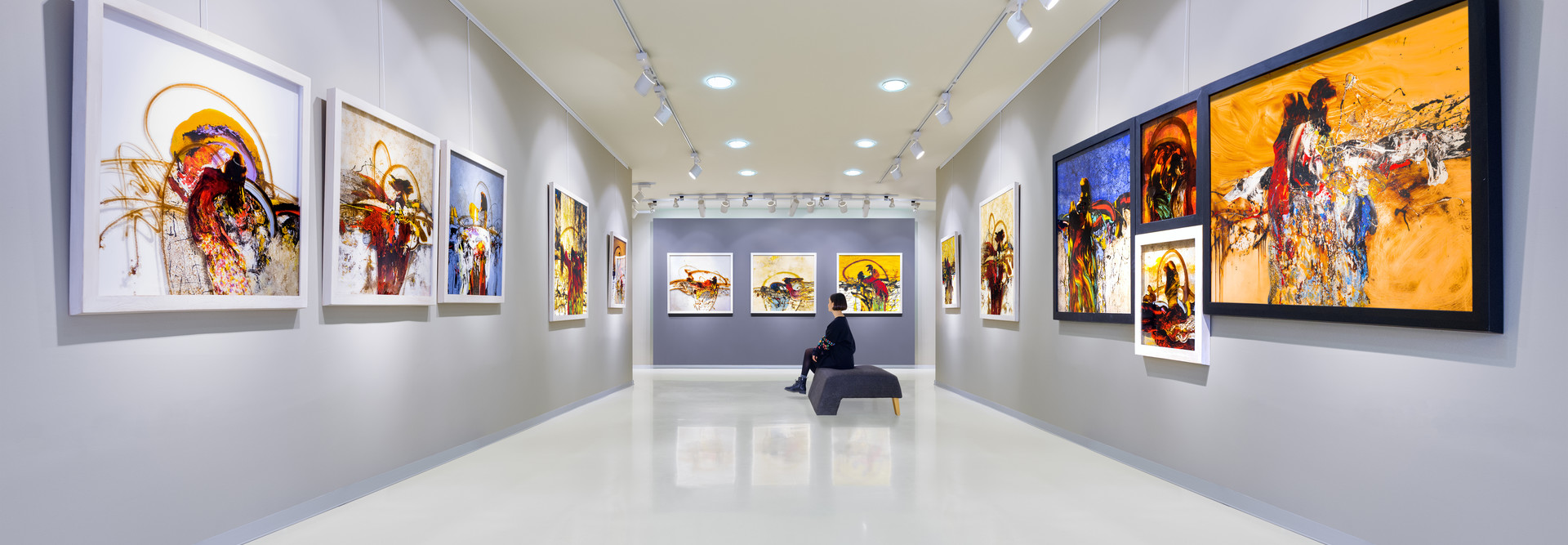Why Conventional Museum Security Is Inadequate
The critical failing of current security measures? They’re naturally reactive.
While security guards, burglar alarms and laser systems force thieves to act quickly, these tools rarely prevent crime from occurring. Consider prolific art thief Stéphane Breitwieser, who robbed hundreds of museums to amass his contraband collection. With simple observation of museum security practices, a willing accomplice and slightly-too-large jacket, he was able to successfully steal treasured works across the globe.
Central to this issue is the paradox of experience. If art is too well protected — behind walls and fences in tiny metal rooms — viewer experience suffers. But allowing a broader experience introduces risk and forces museums to become reactive.
MORE FROM BIZTECH: See why cloud security is critical for business growth.
Sculpting Smarter Defense for Museums
New technologies offer a way to improve museum access control and reduce the risk of theft. But these solutions require a deployment approach that combines the static science of current defense with the art of human interaction — the notion that intrinsic behavior and characteristics, rather than overt indications of criminality, are the best indicators of potential pilfering.
Potential defensive controls include:
- Individual Article Tracking — As noted by the IEEE, advancements in IoT sensor technology are making it possible to create digital identities for physical objects. Museums using technology such as near-field communication and Bluetooth Low Energy beacons can track pieces of art wherever they go and provide critical data on their condition. Tied to larger museum networks, this offers the possibility of real-time status monitoring and change detection to help prevent theft.
- Improved RFID — Radio-frequency ID solutions offer the potential to deploy small, low-cost tags that make “dumb” objects part of larger smart network. From improved RFID access cards to tag-equipped museum features such as lights, doors and even benches, this kind of blanket RFID approach could hamper criminal efforts to remove art undetected.
- Gait Analysis — On the cutting edge of biometric benefits are solutions such as gait analysis. As noted by the American National Standards Institute, the human gait “varies between every single person” and can be described using a mathematical model. Built into museum security systems, gait analysis could be used to identify changes in walking speed and pattern that could indicate visitors may be attempting to leave with more than they entered.
Museums house national treasures and cultural artifacts — but are often at increased risk of theft. New access control and monitoring solutions offer the potential to leverage science in defense of art.










